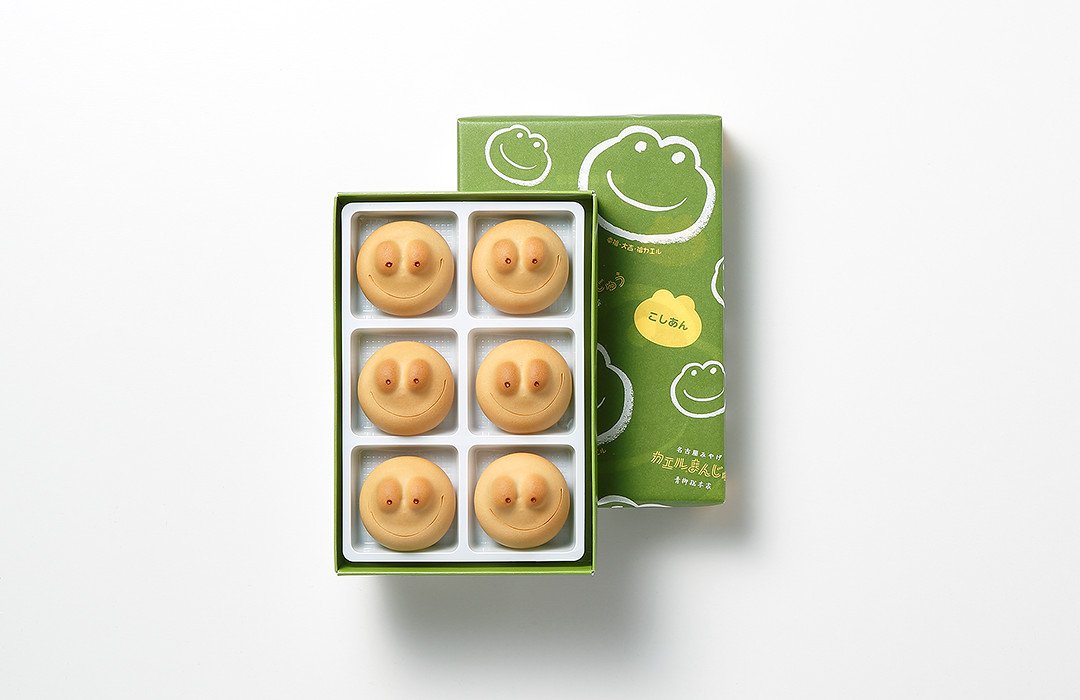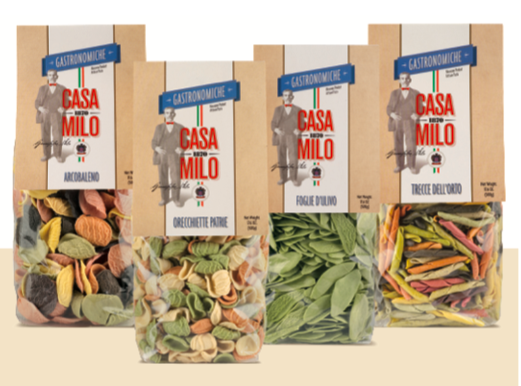
THE
GLORY
FOR
YOU
RANK
A quality label is a key entry ticket to the international market.
The advantages of your product can be highlighted with it.
Evaluation Criteria
The value of the product is based on how it performs well.
It’s all about the good taste in life…
Appearance
The most important attribute of any food's appearance is its color, especially when it is directly associated with other food-quality attributes, for example the changes that take place during the ripening of fruit or the loss in color quality as food spoils or becomes stale.
|
 |
ColorThe visual quality of food. Used to organize attributes such as color and consistency of size, it is one of the five dimensions used to evaluate food.
|
Aroma / OdorAs far as food and beverage are concerned, aroma compounds are volatile-they are perceived primarily with the nose, while taste receptors exist in the mouth and are impacted when the food is chewed, or the beverage is drink.
|
 |
 |
TasteTaste can be used to determine whether a noticeable change has occurred in a food's appearance, flavor, or texture as a result of storage, of a change in processing methods, or of alteration of an ingredient.
|
|
 |
 |
CompositionFood composition is the determination of what is in the foods we eat and is the critical bridge between nutrition, health promotion, disease prevention, and food production.
|
PureAll additives are thoroughly assessed for safety before they are permitted for use, and they are only then permitted to be used in a limited range of products and in certain amounts. These amounts are based on an Acceptable Daily Intake (ADI) calculated by the European Food Safety Authority (EFSA) from the results of safety tests. The ADI represents an amount that can be ingested daily over a lifetime without appreciable health risk. Approved additives are given a number and some are also awarded an ‘E’. An E shows the additive has been accepted as safe for use within the European Union. Even when an additive has been approved, regular repeat testing is required to maintain its status as ‘approved’. Food labels give information about most additives present in the ingredients list so that consumers can make informed choices. Many food additives are chemicals that exist in nature such as antioxidants ascorbic acid (vitamin C) or citric acid, found in citrus fruits.
|
 |
OverallAs talk to the food and beverage, what separates great cooking from mediocre is the attention to detail. Cuisine detailing becomes apparent in how flavors are artfully layered, and not only how inventive it is but in its conceptual clarity. In addition, the best ingredients give you the best taste, the perfect combination of ingredients makes the whole meal more perfect.
|
The Quality Label for You
The Life flavors
you create
move people's
hearts

|
SPECIAL JURY
|

|
THREE STARS
|

|
TWO STARS
|

|
ONE STAR
|

|
GREAT TASTE
|
The
Life flavors
of Your products.
In everyone Life.
What are the Sustainable Development Goals?
The Sustainable Development Goals (SDGs)
also known as the Global Goals, were adopted by the United Nations in 2015 as a universal call to action to end poverty, protect the planet, and ensure that by 2030 all people enjoy peace and prosperity. The 17 SDGs are integrated—they recognize that action in one area will affect outcomes in others, and that development must balance social, economic and environmental sustainability. The creativity, knowhow, technology and financial resources from all of society is necessary to achieve the SDGs in every context.

17 Goals to Transform Our World
The Sustainable Development Goals (SDGs) or Global Goals are a collection of 17 interlinked global goals designed to be a "blueprint to achieve a better and more sustainable future for all". The SDGs were set up in 2015 by the United Nations General Assembly and are intended to be achieved by the year 2030. They are included in a UN Resolution called the 2030 Agenda or what is colloquially known as Agenda 2030. The SDGs were developed in the Post-2015 Development Agenda as the future global development framework to succeed the Millennium Development Goals which ended in 2015.
Though the goals are broad and interdependent, in 2017, the SDGs were made more "actionable" by a UN Resolution adopted by the General Assembly. The resolution identifies specific targets for each goal, along with indicators that are being used to measure progress toward each target.












